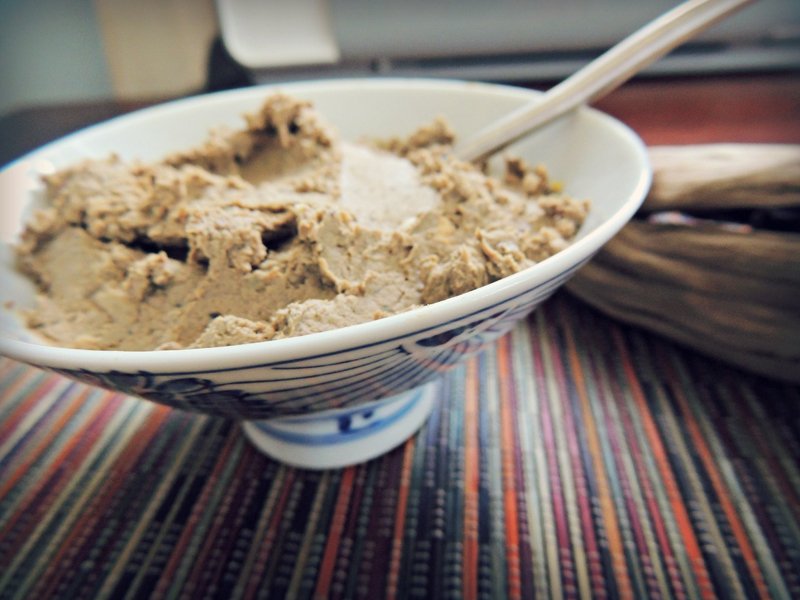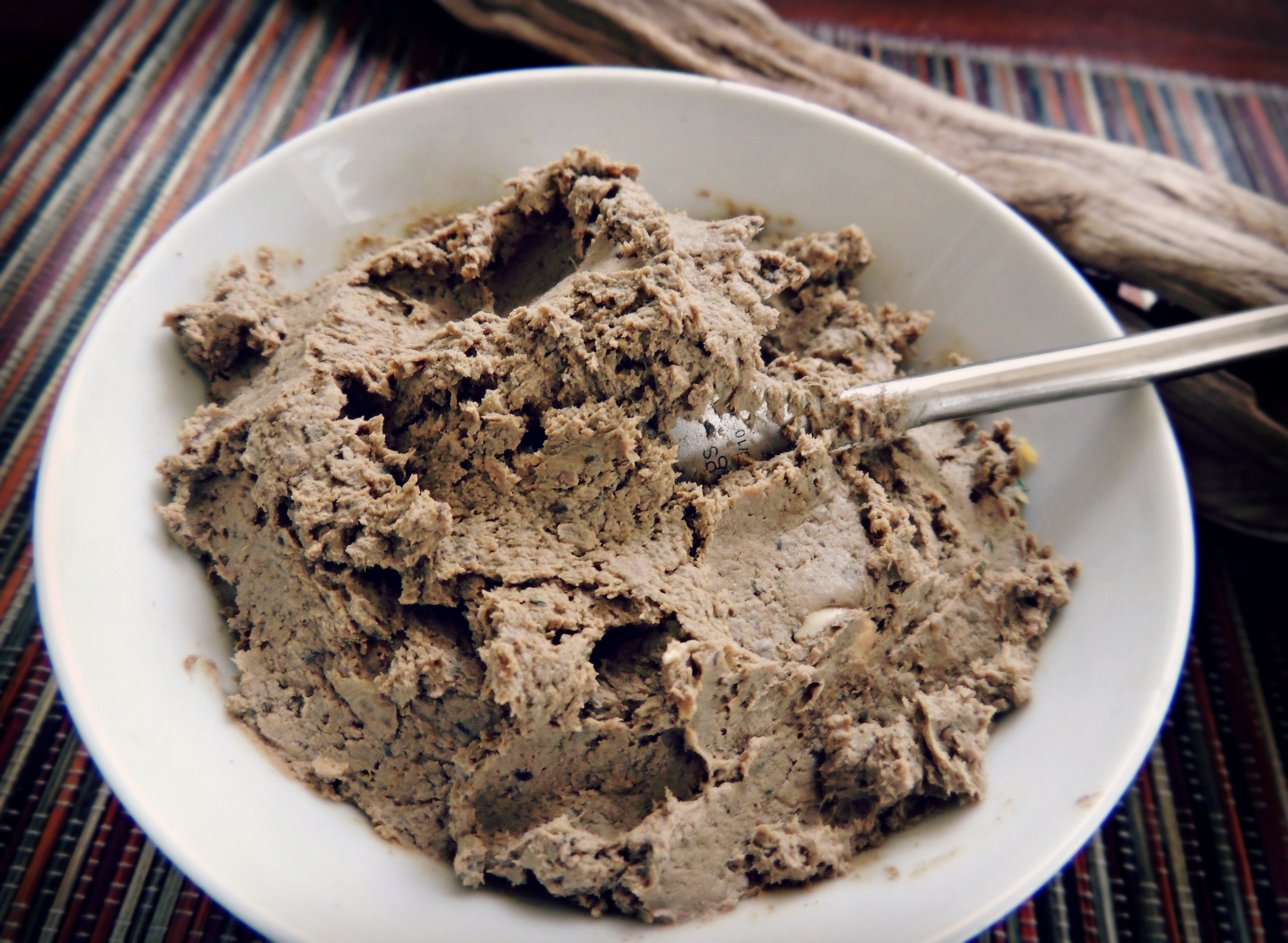Ah, the New Year! What an enlightening time it is! Now, with the glamorous fireworks and confetti of the season behind us, the annual persuasion for reflection and constructive life-review has started to settle in. Earlier this week, in tediously pondering my own resolutions, I came to the unfortunate realization that there are some basic life skills that I have yet to master. For example: I still tie my shoes using the 'bunny-ear' method I learned in preschool, I consistently clap off-beat to music, and the farthest distance I have ever thrown a baseball is about 10 feet. The act of eating liver and enjoying it also happens to fall into this infelicitous category of my un-accomplishments. So, in the spirit of goal-making and a fresh start, welcome to the "Learning to Love Liver" blog series! I hope you will join me in the coming months as I explore palatable ways to include nature's most precious superfood in the diet. And, if you happen to be one of the lucky liver-inclined out there, perhaps you will share some our your tips along the way. This week we will start with a simple Chicken Liver Pate inspired by Nourishing Traditions.

Sourcing Liver
The basics of liver go something like this: it's good for you. Rich in protein, fat-soluble vitamins, B12, trace minerals, purines and antioxidants like CoQ10, liver is a nutritional powerhouse. Although wrongfully maligned by trendy low-cal-diet-loving nutrition schools, livers (from chicken, turkey, duck, cattle, etc.) are actually highly beneficial protein sources that have been served throughout international cuisine for centuries. We wrote in greater detail about the positives of beef liver in our popular post on The Benefits of Liver, Our Most Nutrient Dense Food. But here is a brief list summarizing the nutritional prowess of chicken liver:
- Rich in fat soluble vitamins A,D,E & K
- High in cholesterol (yes- cholesterol from healthy food sources can be good for you)
- Concentrated protein storage
- Contains easily absorbed forms of natural folate and riboflavin
- Boosts levels of zinc, phosphorous and iron
There is a common misconception that the liver of an animal stores toxins, making it a dangerous and "dirty' organ. However, while it is true that one of the biological functions of the liver is to filter unwanted substances from the blood, this organ does not act as a deposit area. Once separated out, intoxicating chemicals or poisons are excreted from the body, with any overflow directed to areas of fatty tissue for keeping. Thus liver actually turns out to be a fairly clean meat for consumption.
Nonetheless, it is important to remember that the nutrient content of liver varies greatly depending on the treatment of the animal from which it comes. Livers from animals that spend their lives outdoors on pasture are the best choice, followed by certified organic or anti-biotic/steroid-free options. Conventional supermarket chicken livers are not recommended as they are of inferior nutritional quality. Because I have a hard time sourcing chicken livers locally, I used these pastured chicken livers from Tendergrass Farms for my pate experiment.
Chicken Liver Pate
Adapted from Nourishing Traditions by Sally Fallon
Ingredients
7 tablespoons grassfed ghee or butter
1 clove garlic, mashed
1/2 cup onions, chopped
about 2 cups (1/2 lb) mushrooms, coarsely chopped
2/3 cup dry white wine
1 tablespoon lemon juice
Spice Blend
1/2 tsp dried mustard
1/4 tsp dried dill
1/2 tsp dried rosemary
1/2 tsp black pepper
1/4 tsp unrefined salt
1. Combine all spices and set aside.
2. Melt about 3 tablespoons of ghee in a skillet over medium heat.
3. Add livers, onions, garlic and mushrooms. Stirring occasionally, cook for about 10 minutes or until livers are browned. Don't be concerned if the livers start to fall apart- they will be blended later anyway.
4. Sprinkle in spice blend and pour in wine and lemon juice.
5. Bring contents of the skillet to a boil and cook, uncovered, until most of the liquid is gone.
6. Remove from heat and allow mixture to cool.
7. Add liver mixture to food processor with remaining 1/4 cup of ghee and blend well.
8. Spoon into small crock or container and allow to set in the refrigerator for a few hours (or overnight) prior to serving.

Notes
Believe it or not, this recipe was quite delicious! It could be the generous amount of lovely golden ghee involved or the savory medley of spices, but I found this pate to be very palatable- even enjoyable! And really, as creepy as livers sound, they are actually not difficult to work with in the kitchen. Substitutions can be easily made to this recipe based on what you have lingering in your cabinets or depending on your personal food preferences. I encourage you to get creative- after all you might just come up with something fantastically liver-y and wonderful! And if all else fails, at least you have desiccated liver as a fall back. Here is what I learned:
- Serve with veggies or your favorite crackers. If you tolerate grains, this pate makes a lovely pair with sourdough bread or homemade croutons.
- Use whatever spices you have. There is no need to stress about scurrying to the store to restock the spice rack with this particular blend. Tarragon, thyme and sage also work very nicely.
- If you have fresh herbs, they make a brilliant garnish. Your pate will look so beautiful that even the liver-afraid will be tempted to try a dab.
- This recipe makes a relatively large quantity, serving about 12-18 people as an appetizer. If you don't plan on entertaining that many folks anytime soon, you can always half the recipe or freeze leftovers.
- Many pate recipes contain cream. I like this particular version because it can be made dairy free by simply using ghee instead of butter.
- If you tend to be sensitive to texture start small and work your way up. Although the flavors were yummy, the mousse-like consistency was not beloved by all my taste-testers. This was easily remedied by increasing the cracker to pate ratio.
- To freeze, store in tempered glass container or wrap tightly in freezer paper and/or plastic wrap. If you have freezer bags on hand, it is also helpful to use one as an extra protection further against pesky and ruinous freezer burn.
